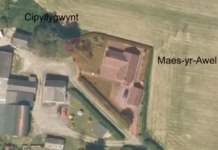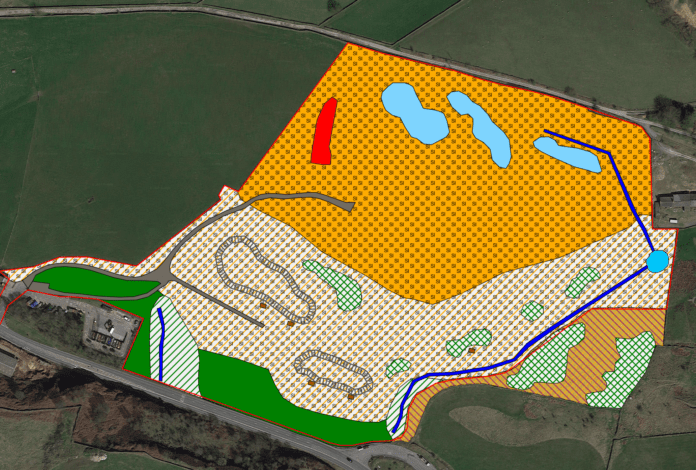Do you need to finish a planning application, but you suddenly find you have a chunk of missing information? Or do you need to, but it feels like it’s taking forever? You can opt for a preliminary ecological appraisal from a reputed ecological consultancy. This type of appraisal is the first, basic study you can take up to find out how valuable a property is for biodiversity and protected species. For developers, this study helps to assess if their new proposal will impact protected species and habitats within and around the site. Let’s take a look at the key elements of preliminary ecological appraisal.
What Happens in a Preliminary Ecological Appraisal?
A preliminary ecological appraisal (PEA) is also called an Extended Phase 1 Habitat Survey or Phase 1 Ecology Survey. This is the first step in investigating the value of a site from an ecological point of view. The process helps to identify habitat features and flora and fauna of particular ecological interest. This type of inventory helps in securing consent for your planning applications. You can look into a preliminary ecological appraisal from an experienced ecology consultancy such as Arbtech in the UK. They can provide you with a free quote simply by filling out a short online form.
A PEA usually consists of three steps:
An ecological desk study: This stage involves information-gathering regarding the site of interest, and the plant and animal life within and around the property. This data can be collected via reputed online resources, biological records centres, published books, local planning documents, wildlife trusts and bat groups. Your ecologist will also clarify certain aspects such as whether the property is listed as one of the UK’s many designated sites. Designated sites have special status as protected areas. This can impact your development in terms of the kind of construction allowed and the permissions needed.
A Habitat Assessment: During this stage, the ecological consultant will visit your site and map the habitats in and around your land. This includes a detailed description of every habitat mentioned, along with an inventory of the plants and animals found there. This includes invasive species and protected species in and close to your land. All habitats on your land are also examined for their ability to support the protected species.
A Written Assessment: The final stage involves writing down a detailed report of the survey. It will include an inventory of the identified flora and fauna on the land, details of specific groups of valuable biodiversity, expert recommendations, and notes for additional surveys, if required.
Reasons for a Preliminary Ecological Appraisal
A PEA can be undertaken for a number of reasons. It plays an important role in the successful planning and development of your site.
Uncover Possible Ecological Threats: An Extended Phase 1 Habitat Survey can help you identify potential constraints and threats in the ecology of the site. This can include discovering the presence of invasive species, identifying dangerous ground or soil conditions, water impurities, etc.
Identify Protected Species: Your development can get stuck for years if you go ahead without a proper study only to find out later that your site is home to a number of protected species of plants and animals. Finding out the presence of these species in advance can help you plan better and also make it more likely to receive consent for your planning from the local authority via the solution you can offer to protect the species.
Put in Mitigation Measures: Occasionally, you might end up having to relocate animals from your property to an alternative, suitable site. This can be due to a number of reasons including the development not offering enough space for the animals to thrive. Mitigation measures can also include lighting or construction schemes to prevent disturbing foraging or commuting bats. A PEA can help discover whether this is the case with your property, alerting you about the need for and giving you the time for creating a plan for mitigation.
Uncover Potential Opportunities of Enhancement: Planning regulations and legislation outline the need for a net gain in biodiversity and green cover on the development land. A PEA can help uncover such potential opportunities for adding to the diversity of the flora and fauna on your land. These opportunities can include plans to grow specific plants that would be of benefit to the local wildlife on the land. Additionally, the information a PEA uncovers can also help you build around natural advantages the property offers.
Preliminary Ecological Appraisal Report
The final output of a PEA, the PEA report is valid for two years after completion. This is a detailed and scientific document that should include the type and description of the assessment done; indexed list of flora and fauna, including protected and invasive species; potential ecological threats and opportunities; impact of the future development; notes on the legislation affecting the ecology and development of the property; and expert advice and recommendations.
The ecology report should also include a map with the various habitats charted on it, visually outlining the key aspects of the study. This should include mitigation measures that will help you work around the constraints in the property. This might mean outlining a strategy to revisit the original development plan, relocating ecological features, or noting the need for further assessment of the land.
When done right, the PEA report should serve as a detailed analysis of your property. It should serve as an asset to help facilitate your planning application to the planning department. It is proof that you’re a responsible home or property owner, and that you understand the risks and duties associated with the development.
A preliminary ecological appraisal from a reputed agency can uncover a wealth of information for you. It helps you understand your site better, along with the impact of development on and around the site. You can also get a better idea of the protected and invasive animals and plants present and plan your mitigation efforts and development accordingly.

| [donate]
| Help keep news FREE for our readersSupporting your local community newspaper/online news outlet is crucial now more than ever. If you believe in independent journalism,then consider making a valuable contribution by making a one-time or monthly donation. We operate in rural areas where providing unbiased news can be challenging. |






















